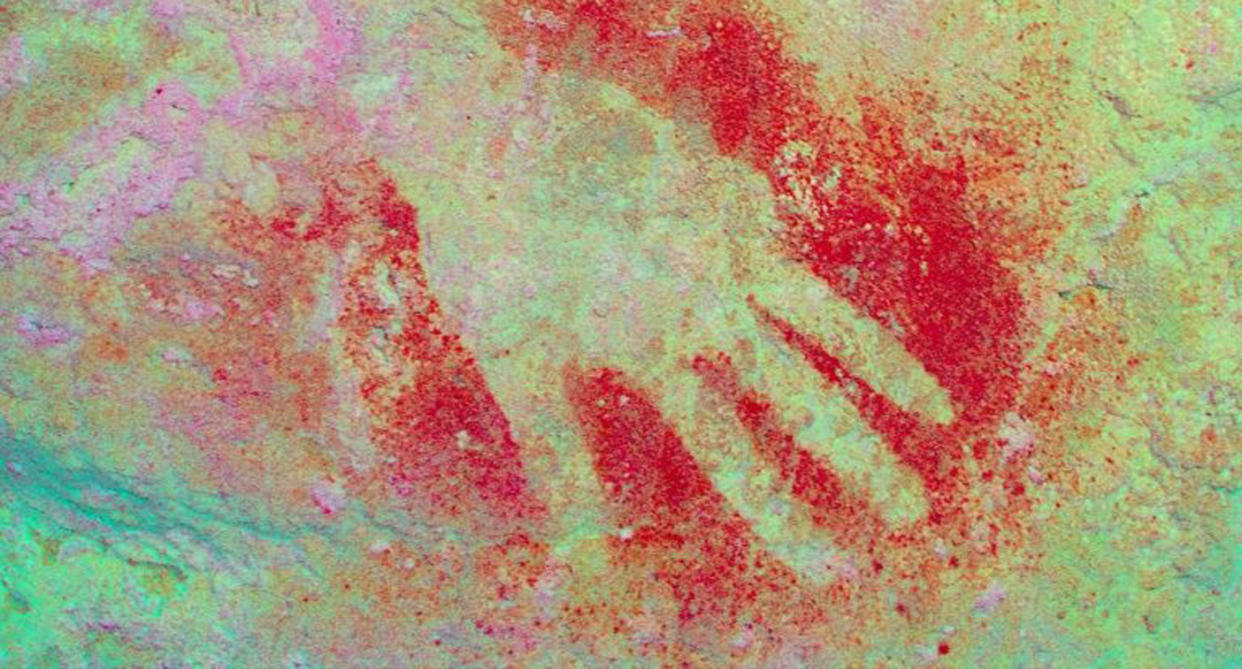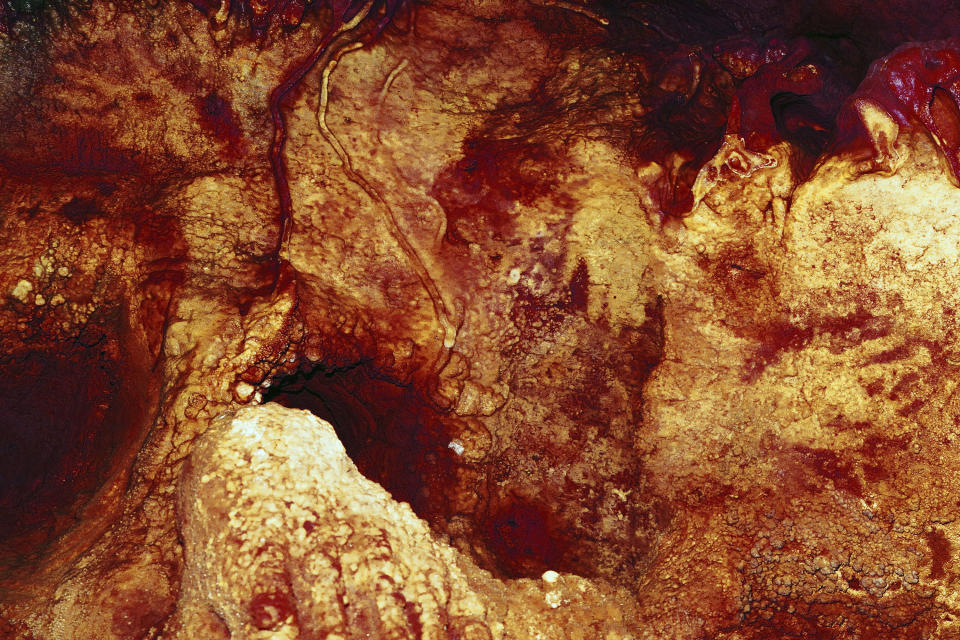The first artists on Earth were Neanderthals, not human beings

Neanderthals are portrayed as grunting, hairy brutes, ripe to be replaced by modern humans – but our extinct cousins were actually a little more cultured than we thought.
In fact, the world’s oldest known cave paintings were created by Neanderthals, not human beings – meaning that they could understand a very ‘human’ activity.
Analysis of cave art at three sites in Spain dates the paintings to 64,800 years ago – more than 20,000 years before modern humans arrived.
Alistair Pike of the University of Southampton said, ‘What we’ve got here is a smoking gun that really overturns the notion that Neanderthals were knuckle-dragging cavemen.

‘Painting is something that has always been seen as a very human activity, so if Neanderthals are doing it they are being just like us.’
DOES AMERICAN NEED INCREASED GUN CONTROL? LATEST ANALYSIS FROM YAHOO:
Shooting town hall: Republican Senator Marco Rubio on the defensive on gun laws
Conspiracy theorists and pro-Trumpers are attacking survivors of the Florida school shooting
Donald Trump makes the order to ban gun ‘bump stocks’ used in Las Vegas massacre
Las Vegas shooting: First pictures from hotel room show two of Stephen Paddock’s 23 weapons
Six things we learned from the Florida town hall on gun control
While some archaeologists already viewed Neanderthals as more sophisticated than their commonplace caricature, the evidence until now has been inconclusive.
With the data from the three Spanish cave sites described in the journal Science, Pike and colleagues believe they finally have rock-solid proof.

The early cave art at La Pasiega, Maltravieso and Ardales includes lines, dots, discs and hand stencils – and creating them would have involved specific skills, such as mixing pigments and selecting appropriate display locations.
The Neanderthals living in the same land that would one day give birth to Diego Velazquez and Pablo Picasso also needed the intellectual ability to think symbolically, like modern humans.
Scientists used a precise dating system based on the radioactive decay of uranium isotopes into thorium to assess the age of the paintings.
This involved scraping a few milligrams of calcium carbonate deposit from the paintings for analysis.

 Yahoo News
Yahoo News 

